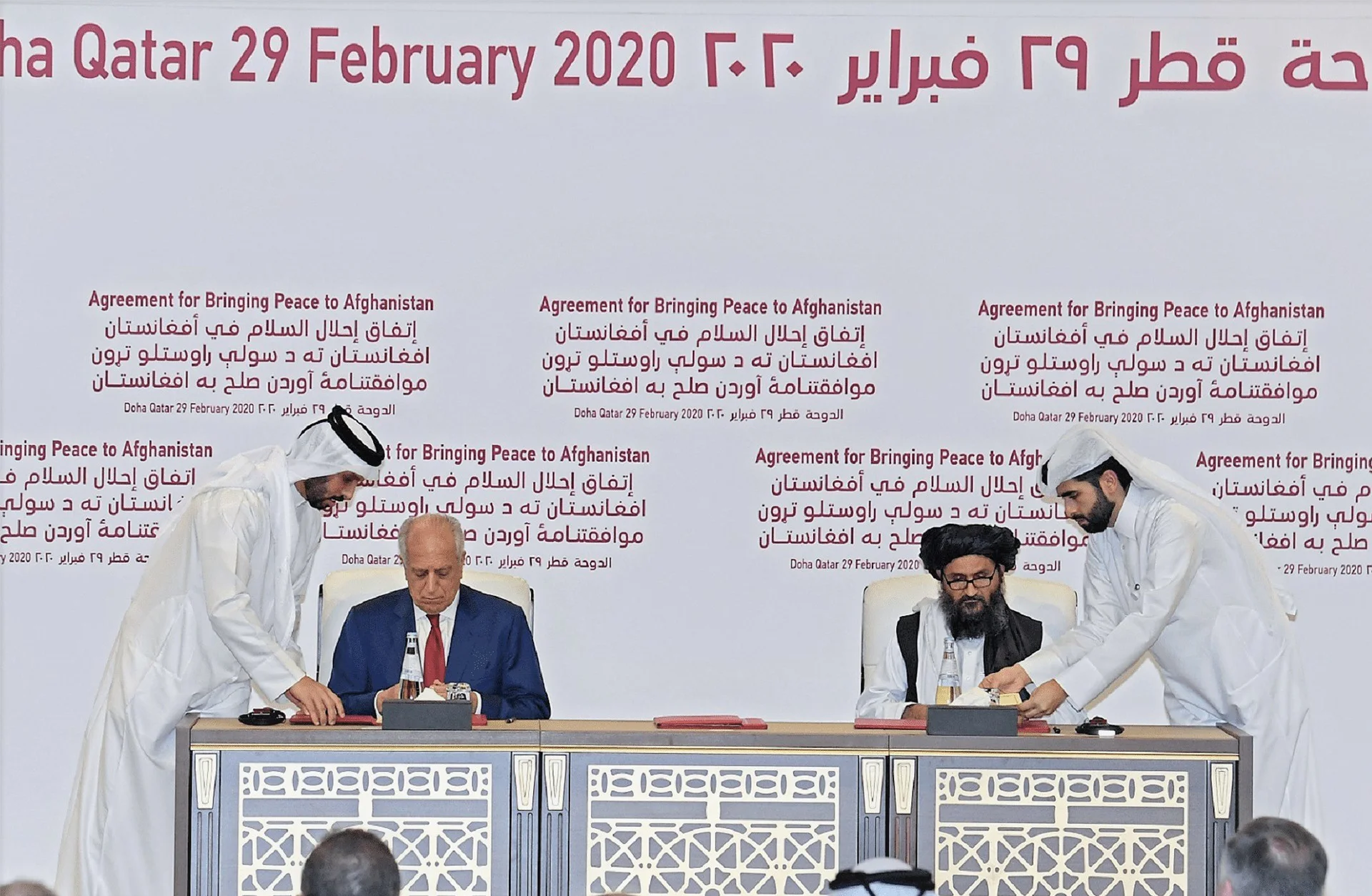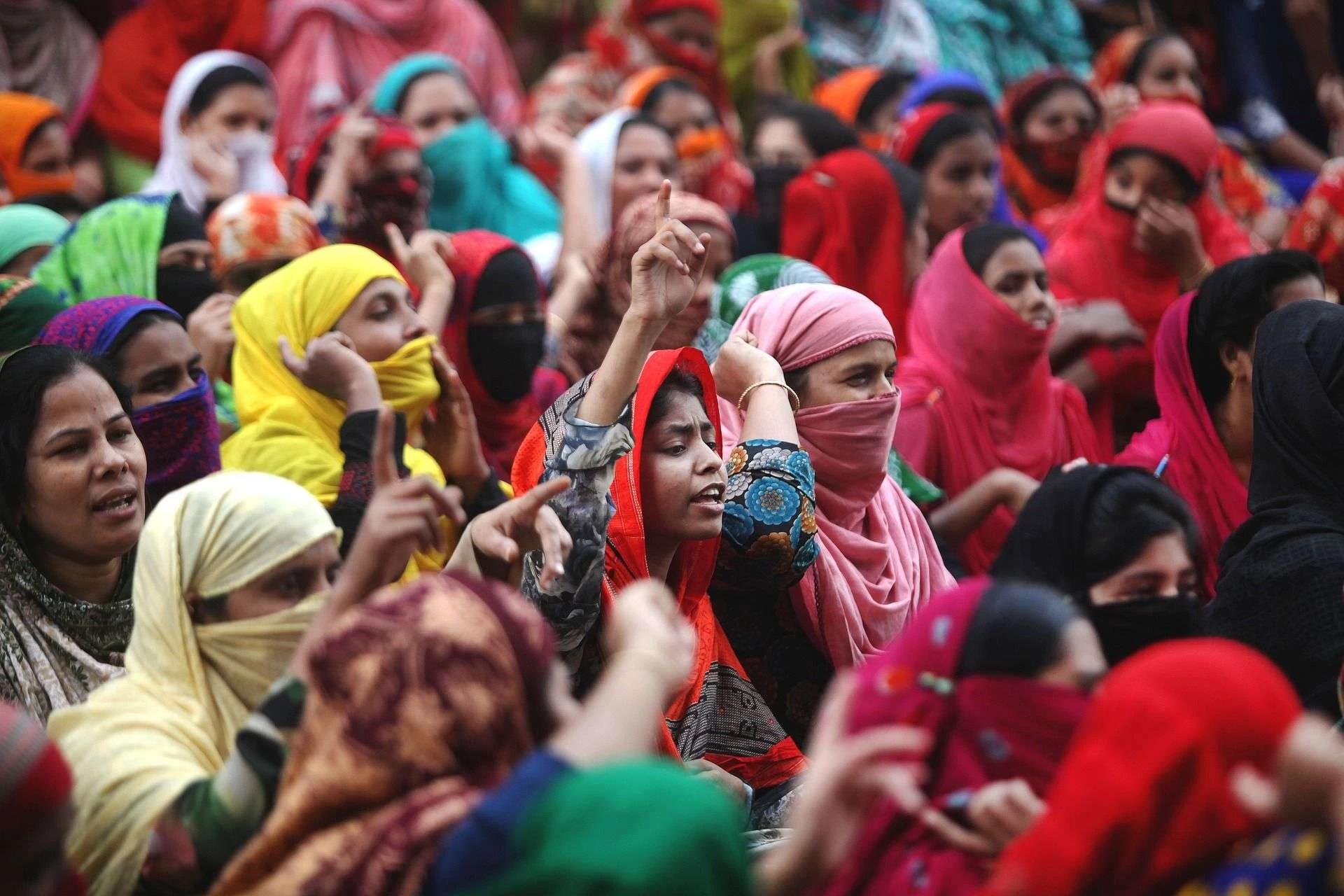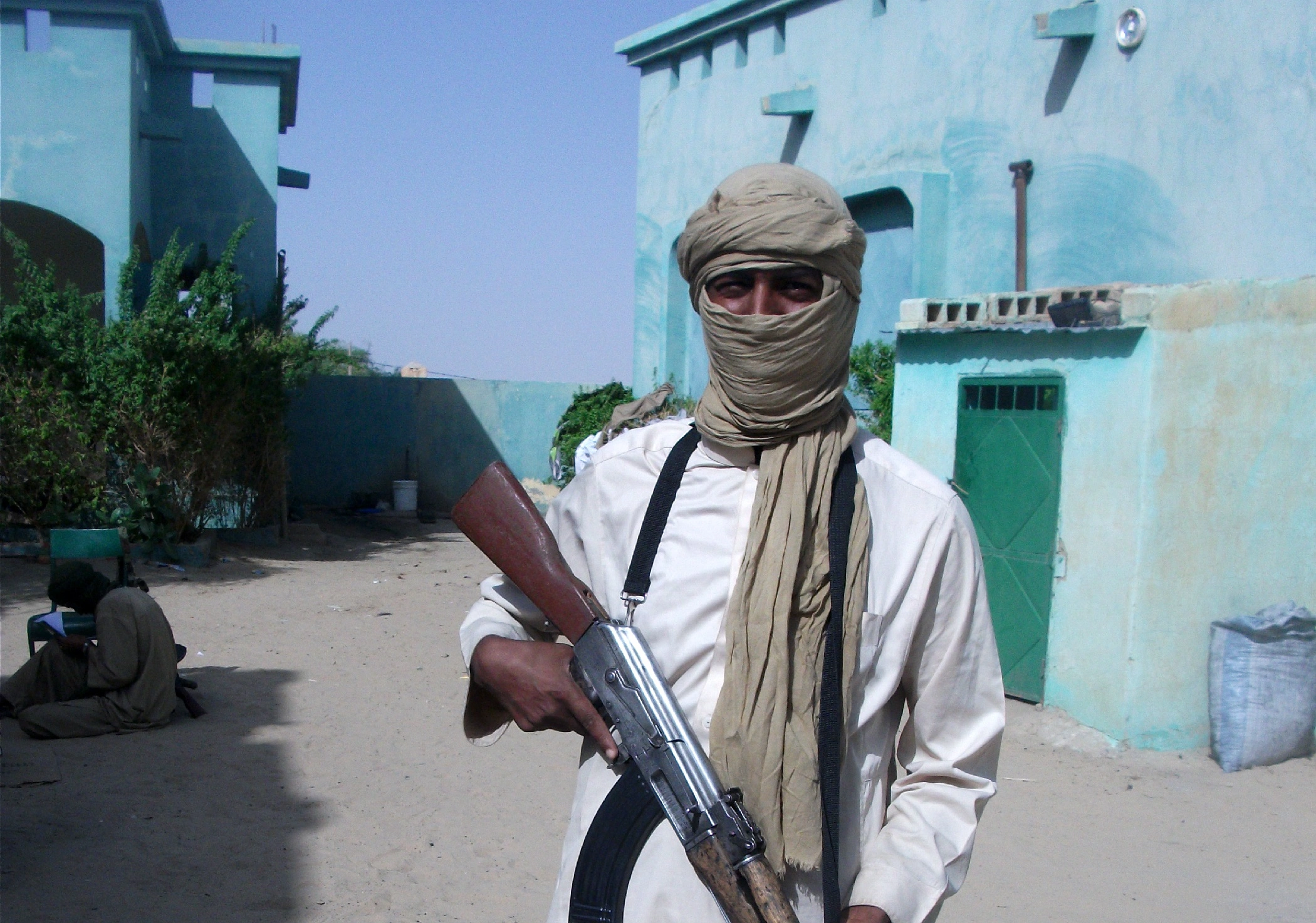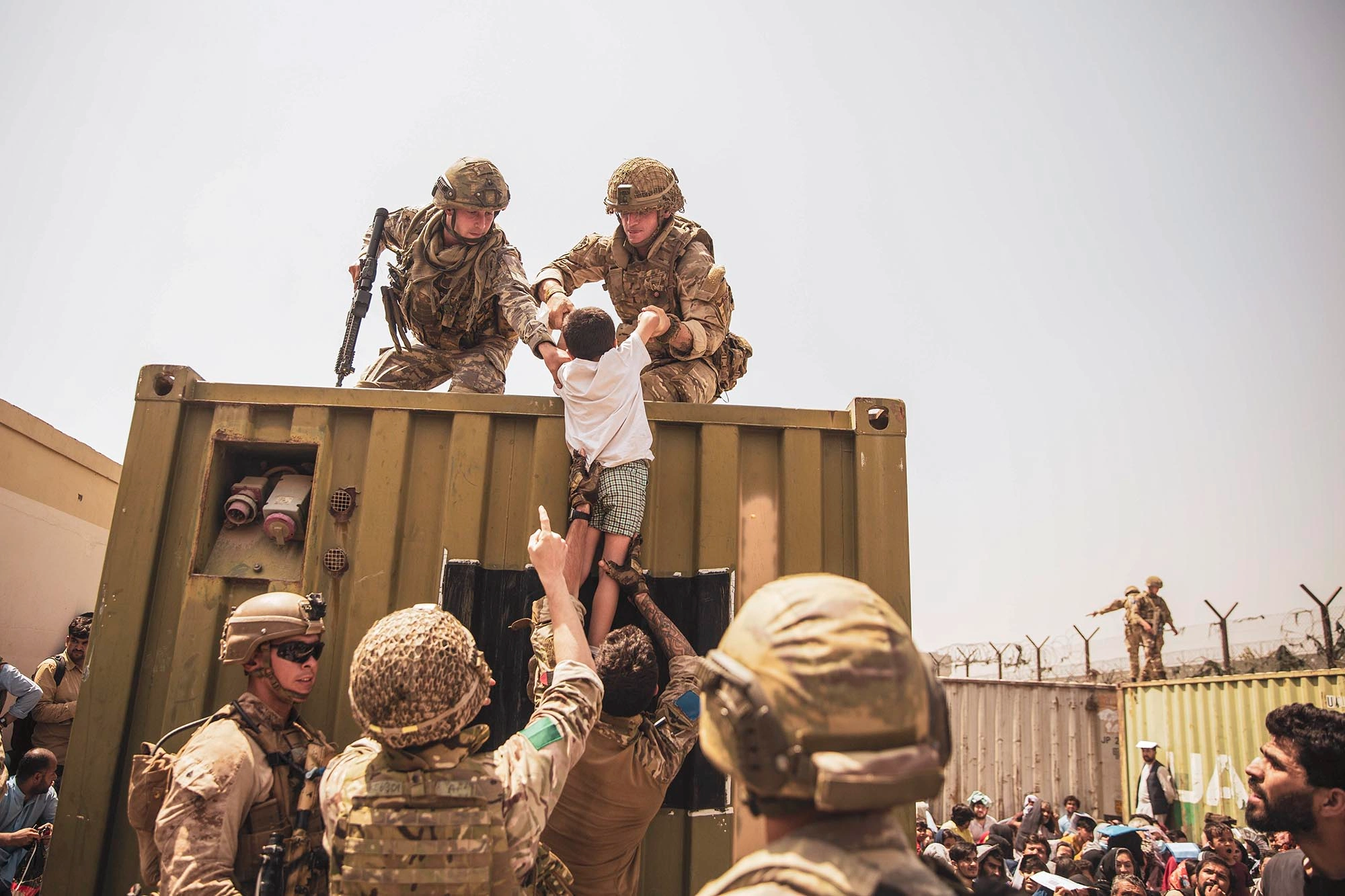Kathmandu, 1 October 2024 – Heavy rainfall over the past days has triggered widespread flooding across Nepal, severely impacting thousands of children and their families, UNICEF said today.
Initial estimates from authorities reveal that around 217 people have lost their lives. This includes 35 children. Many others are injured or missing. Hundreds of homes have been damaged, displacing thousands of children and their families, leaving them exposed to the elements. Landslides and debris have blocked major roads, hampering critical search and rescue operations. The relentless rains began on 27 September and have continued non-stop. They are among the heaviest the country has seen in decades.
Urgent Action to Support Children
“On behalf of UNICEF Nepal, I extend my deepest condolences to the families who have lost loved ones, especially children. The toll on children and young people is immense, and they urgently need support. In addition to losing their homes, these children have endured significant trauma and will require mental health support. Furthermore, girls and boys are now at heightened risk of violence, exploitation, and abuse,” said UNICEF Representative to Nepal Alice Akunga. “UNICEF is on the ground and working around the clock alongside the Government and partners to deliver life-saving aid to the most vulnerable children and their families.”
The situation is already taking a toll on children. The crisis has damaged an estimated 13 hospitals. It has also widely affected water supplies, posing serious health and nutritional risks for children. Additionally, the destruction of 54 schools has deprived more than 10,000 children of a safe space to learn, play, and heal.
UNICEF is collaborating closely with the Government of Nepal and humanitarian partners. They are assessing the damage and responding to the crisis. Pre-positioned emergency supplies, such as hygiene kits, bed nets, water purification tablets, buckets, and tarpaulins, have already been dispatched. These supplies aim to help children and families in need.
“I am deeply concerned for the children who will have to sleep outside tonight and in the coming days,” said Akunga. “We must act urgently. UNICEF, in partnership with the Government of Nepal and local organizations, is ready to step up and scale the emergency response to reach every affected child. Together, we can help minimize the impact of this disaster.”
Also See: Rising Cybercrime in Nepal: The Surge in Online Fraud
Addressing the Climate Crisis in South Asia
This catastrophic flooding in Nepal serves as a sobering reminder of South Asia’s increasing vulnerability to extreme weather events fueled by climate change. Nepal, along with its neighbors India, Bangladesh, and Pakistan, has witnessed a sharp rise in climate-induced disasters. These include floods, cyclones, and droughts. These events, which are occurring with increasing frequency, are devastating lives and livelihoods across the region. The lack of resilient infrastructure and adequate disaster preparedness compounds the damage, leaving vulnerable communities—particularly children—at heightened risk of displacement, disease, and further impoverishment. The response to such crises must go beyond immediate relief efforts to include long-term climate adaptation strategies. Global cooperation is essential to mitigate the worst effects of the climate crisis and protect future generations.






